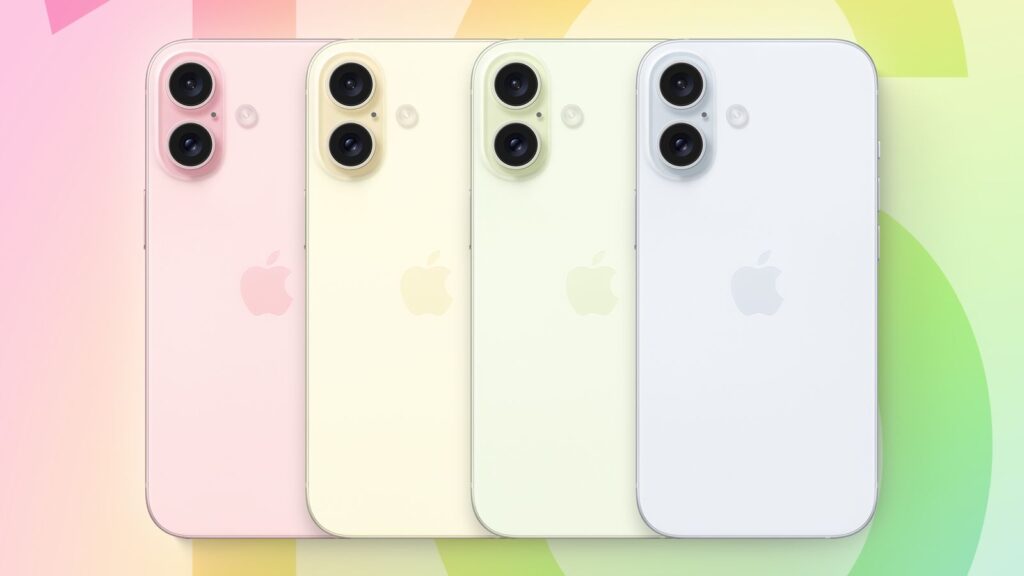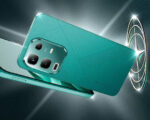Apple Introduces Innovative Adhesive Design to Simplify Battery Replacement in iPhone 16 Series
The recently launched iPhone 16 series may present a more repair-friendly approach compared to its predecessors, as reported by industry insiders. Apple unveiled its latest lineup, including the standard model, the iPhone 16 Plus, the iPhone 16 Pro, and the iPhone 16 Pro Max, during its “It’s Glowtime” event earlier this month. While the tech giant primarily focused on new hardware advancements during the announcement, it has made noteworthy modifications behind the scenes to facilitate easier repairs. Here, we delve into three significant changes that contribute to making the iPhone 16 series the most repairable models in Apple’s history.
One major hurdle for third-party repair shops and DIY enthusiasts has historically been Apple’s stringent policies regarding parts replacement. Users often faced challenges due to the necessity of sourcing genuine parts directly from Apple, which limited accessibility and increased repair costs. Additionally, the battery design posed significant challenges; previous models utilized a strong adhesive that made battery removal a labor-intensive and complicated process, often requiring specialized tools.
However, a recent report from Engadget highlights a pivotal change in the iPhone 16 series concerning this adhesive issue. Apple has adopted a new adhesive design that allows for easier battery removal. This innovative material can be effectively disengaged by applying a low-voltage electrical current. As a result, repair technicians can remove the battery using a standard 9V battery, commonly found in stores and frequently used for various household devices. This newfound ease in battery replacement is a significant step forward for repairability.
In addition to the adhesive innovation, Apple has also revised the internal layout of the iPhone 16 series, optimizing the placement of various components. This strategic rearrangement allows for quicker access to essential parts during the repair process, reducing the time and complexity involved. By minimizing the number of screws and other fasteners that need to be removed, Apple has effectively streamlined the disassembly process, which can be a tedious and time-consuming part of repairs.

Moreover, the introduction of modular components within the iPhone 16 series further enhances its repairability. By designing individual parts that can be replaced independently, Apple is reducing the need for full device replacements, thereby making repairs less costly and more environmentally friendly. This modular approach not only benefits repair shops but also aligns with growing consumer demand for sustainable practices in technology.
As consumers become increasingly aware of the environmental impact of electronic waste, the iPhone 16 series’ emphasis on repairability may resonate well with eco-conscious users. Apple has made strides toward sustainability in recent years, and this development is likely to bolster its reputation as a company that values both innovation and environmental responsibility. By making the iPhone 16 series easier to repair, Apple is also empowering users to take control of their devices, promoting longevity and reducing the frequency of upgrades.
In summary, the iPhone 16 series stands out not only for its cutting-edge technology but also for its enhanced repairability. By addressing historical challenges related to part replacement and battery accessibility, Apple is taking significant steps to improve the user experience. As this trend continues, it will be interesting to see how it influences consumer preferences and the broader tech landscape in the future.
















